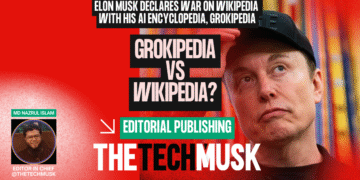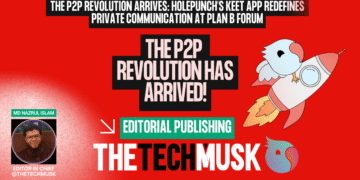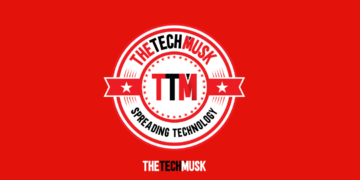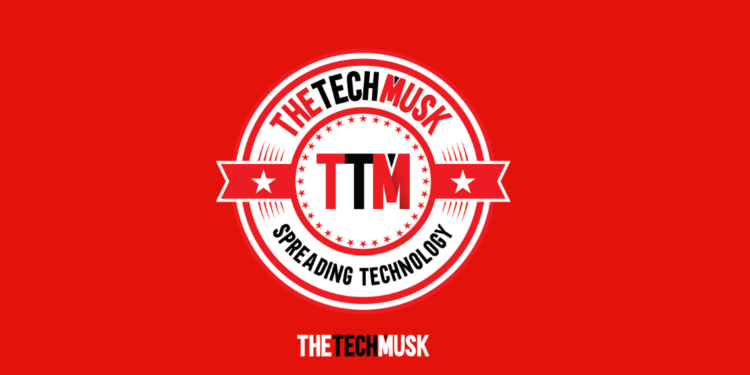Understanding Fact-Checking
Fact-checking is a cornerstone of journalism, vital for ensuring the accuracy of information before it reaches the public. This collaborative process involves reporters, editors, fact-checkers, and the entire editorial team. Its primary aim is to uphold the integrity of journalism by ensuring that published stories are truthful. However, the mission of fact-checking is fraught with challenges.
A significant challenge is cognitive dissonance, which arises when fact-checking messages clash with individuals’ core beliefs. This discomfort and rejection of corrective information in favor of original views can undermine fact-checking efforts, complicating the battle against misinformation.
Despite these hurdles, fact-checking remains essential, especially in a media landscape rife with misinformation and disinformation. Journalists must innovate in their fact-checking methods to avoid eroding public trust. Acknowledging the subjectivity in fact-checking and emphasizing the consequences of believing misinformation can help maintain credibility while correcting false claims.
The effectiveness of fact-checking also depends on society’s digital literacy and critical engagement with content. Promoting these skills can help individuals and communities evaluate information better, reducing the spread of misinformation. Thus, fact-checking is a journalistic tool and a societal necessity for fostering an informed public.
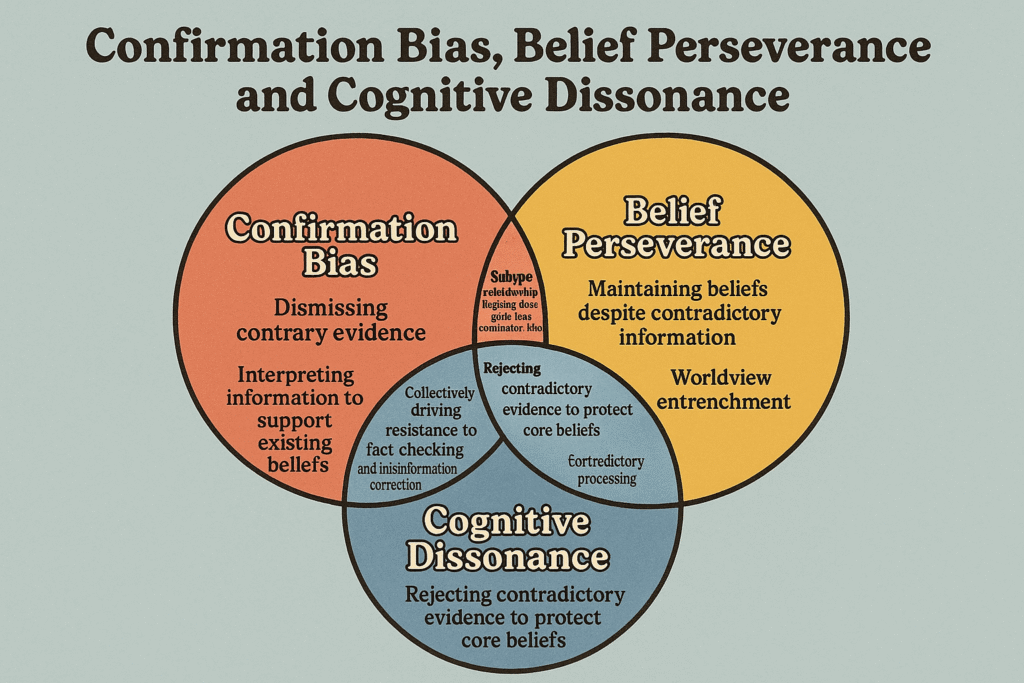
The Backfire Effect
The backfire effect is a cognitive bias where individuals, when faced with evidence that challenges their beliefs, reject it and strengthen their original stance. This reaction is a subtype of confirmation bias, where people interpret information to support their existing beliefs, dismissing contrary evidence.
The backfire effect illustrates the resilience of deeply entrenched beliefs, even against compelling contradictory information. It shows the complex interplay between cognitive biases like belief perseverance and confirmation bias, reinforcing existing worldviews. However, not everyone experiences the backfire effect uniformly.
A specific subtype, the worldview backfire effect, refers to rejecting evidence that challenges deeply held worldviews, further entrenching original beliefs. Cognitive dissonance exacerbates this effect, leading individuals to reject new information to alleviate discomfort.
In the context of fact-checking, the backfire effect can significantly undermine efforts to correct misinformation. When fact-checking messages clash with core beliefs, they can lead to the rejection of corrective information, solidifying false beliefs. Emotional responses to misinformation, such as fear or anger, can cloud judgment and hinder recognition of falsehoods.
Understanding the backfire effect is crucial as it affects individual behaviors and poses societal challenges by undermining public health initiatives and scientific consensus. The interplay between repeated misinformation, emotional responses, and cognitive biases like the backfire effect is a critical area of study in combating misinformation.
Case Studies and Examples

Several case studies provide insights into how debunking attempts can sometimes reinforce false beliefs rather than correcting them.
One example is climate change misinformation. Research shows that individuals with strong preexisting beliefs against climate change often become more entrenched when faced with fact-based debunking. This outcome exemplifies the backfire effect, where challenging evidence is rejected and original beliefs are reinforced. However, logic-based approaches, such as prebunking or debunking, proved equally effective in mitigating misinformation’s impact, indicating that information presentation significantly influences reception.
In political misinformation contexts, deeply entrenched political beliefs make individuals resistant to correction, even with clear factual counter-evidence. This phenomenon highlights the cognitive bias prompting individuals to interpret information to confirm their beliefs, leading to the rejection of new, conflicting evidence. Overcoming this bias requires more than facts; it necessitates strategic engagement considering emotional and cognitive dimensions.
Yet, not all debunking efforts fail. Prioritizing genuine engagement and understanding has shown promise in overcoming the backfire effect. Open dialogues and common ground can bridge divides and facilitate positive change. These examples demonstrate that while the backfire effect presents challenges, it is not insurmountable. Through careful and empathetic communication strategies, the integrity of fact-checking efforts can be preserved, promoting informed public discourse.
Factors Influencing the Backfire Effect
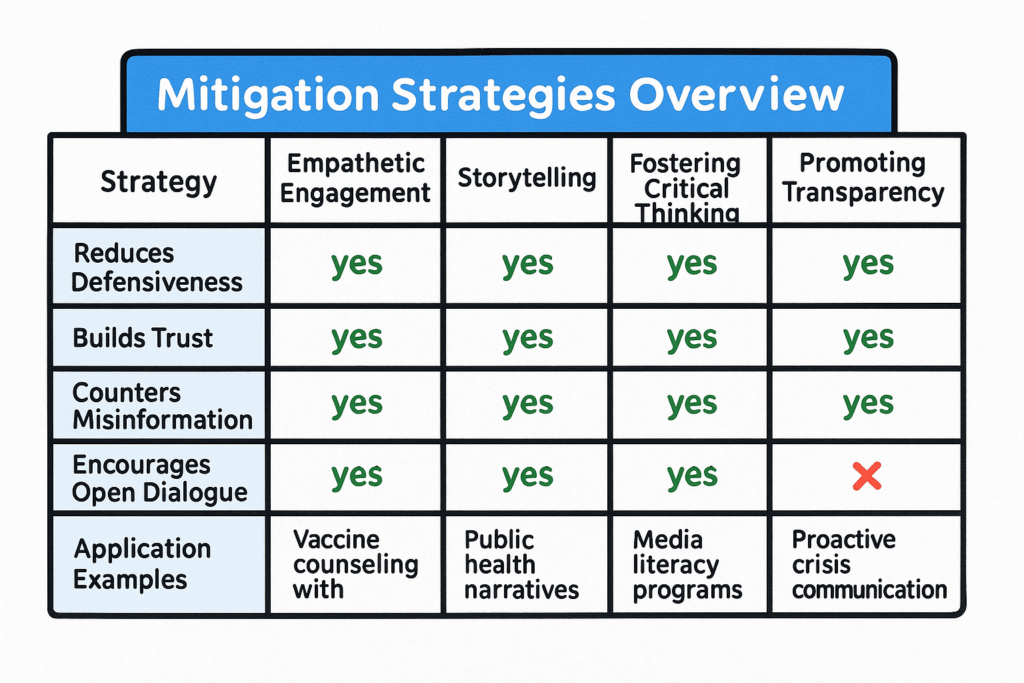
Understanding factors influencing the backfire effect is crucial in addressing misinformation.
Emotional and Psychological Responses
Emotional and psychological responses to contradictory information significantly influence the backfire effect. Cognitive dissonance, the discomfort from holding conflicting beliefs, can cause emotional confusion and feelings like guilt or anger. This turmoil may lead individuals to cling to their original beliefs rather than accept new evidence.
Impact of Worldview and Group Identity
Worldview and group identity also shape responses to contradictory evidence. When information challenges deeply held beliefs or aligns with group identities, the worldview backfire effect occurs, prompting evidence rejection and belief fortification. Polarized contexts further exacerbate this phenomenon, where group identity influences acceptance or rejection of new information.
Misinformation and Emotional Reactions
Misinformation often exploits strong emotional reactions, such as fear or anger, to bolster its impact. These emotional responses can amplify the backfire effect, as individuals may resist accepting corrections when emotions are intensely engaged. The manipulation of emotions by misinformation creators complicates fact-checking efforts.
Overcoming Belief Inertia
Fact-checking faces the challenge of overcoming public opinion inertia. Without compelling evidence, changing entrenched beliefs is difficult, particularly when group identity and emotional reactions are involved. Even if backfire effects are rare, misinformation and belief polarization significantly challenge effective fact-checking.
Understanding these factors helps appreciate the complexities in addressing the backfire effect and developing effective strategies for promoting accurate information and reducing misinformation influence.
Strategies to Mitigate the Backfire Effect
Navigating misinformation and deeply held beliefs is challenging, especially when debunking efforts reinforce them through the backfire effect. However, strategies can mitigate this cognitive bias and promote accurate understanding.
Engage with Empathy and Understanding
Overcoming the backfire effect is possible through genuine engagement, understanding, and common ground. These strategies foster understanding, bridge divides, and facilitate positive change in discussions.
Harness the Power of Storytelling
Storytelling is a potent tool for countering misinformation, connecting with individuals emotionally and intuitively. Strategic storytelling combats misinformation by promoting informed public discourse. Stories should engage listeners, resonate with their values, and include trusted endorsements from family and friends to enhance impact.
Foster Critical Thinking Skills
Cultivating critical thinking skills is crucial in addressing the backfire effect. Teaching individuals to question information sources, evaluate evidence critically, and acknowledge their knowledge limits empowers them to discern information validity and reduce susceptibility to biases like the Dunning-Kruger effect.
Emphasize Transparency and Accountability
Transparency and accountability in the media are vital for building trust. Media outlets admitting mistakes and responding to reader feedback demonstrate professionalism, mitigating distrust associated with the backfire effect. Engaging responsibly on social media and maintaining transparency in fact-checking processes foster trust and credibility.
By implementing these strategies, society can better navigate the backfire effect, creating a more informed and understanding public.
Criticisms and Challenges
Fact-checking, a journalistic integrity cornerstone, faces criticisms and challenges, especially when debunking misinformation reinforces beliefs they aim to correct. A core criticism involves public information flow configuration. Even if backfire effects are rare, public opinion inertia is a formidable barrier. Cognitive biases like the Dunning-Kruger effect, where individuals with limited knowledge exhibit overconfidence, complicate corrective information reception.
Debunking message structure significantly influences effectiveness. Research suggests structures like the “truth sandwich” or different headlines impact message effectiveness across topics, including COVID vaccines and GMOs. However, despite strategic structuring, misinformation often persists, affecting reasoning even after correction.
The emotional dimension of information sharing adds complexity. Emotions like outrage impact information sharing and reception. Strategies beyond factual corrections, incorporating emotional regulation, are needed. Credibility dynamics in fact-checking lead to cognitive dissonance, causing discomfort and rejection of corrective messages clashing with core beliefs.
Public truth bias is another challenge. Without counter-evidence, individuals tend to believe news as true, suggesting a bias towards accepting information as truth unless proven otherwise. This bias undermines fact-checking efforts.
Journalists must balance fact-checking with maintaining public trust. Correcting false claims must cultivate positive reputations rather than erode trust. Acknowledging fact-checking subjectivity and emphasizing misinformation stakes can mitigate distrust. Addressing these challenges requires a holistic approach, combining factual corrections with emotional, cognitive, and reputational considerations to enhance fact-checking efficacy.
The Role of Technology and AI
In the evolving media landscape, technology and AI are both allies and adversaries in combating misinformation. AI technologies offer potent tools for fighting misinformation, but success depends on integration with human oversight, ethical practices, and public engagement.
A pressing concern is AI-generated fake news, threatening journalistic integrity and democratic discourse. The rise of AI-driven disinformation complicates fact-checking, especially with the impending 2024 elections in the US and other democracies. AI refinement of misinformation makes fake news more insidious and persuasive, challenging journalists managing digital platforms’ pressures.
Countering AI-driven disinformation requires a multifaceted approach, combining technological advancements with increased user awareness. Editorial fact-checking remains crucial, involving collaborative efforts among reporters, editors, fact-checkers, and editorial teams. This ensures rigorous information verification and source participation in fact-checking.
To enhance the efficacy of such endeavors, integrating supportive tools can provide individuals with the confidence and resources they need. For instance, the International Drivers Association offers valuable services to global travelers by providing easy access to international driving permits. As John Smith, an expert in digital literacy and content verification, notes, “Building informed communities requires equipping individuals with both knowledge and practical tools, much like ensuring they have the right documents for global travel.”
Rather than abandoning fact-checking, journalists should refine strategies to build positive reputations and maintain trust. Acknowledging fact-checking subjectivity and emphasizing misinformation stakes can mitigate distrust. Addressing these challenges requires a holistic approach, combining factual corrections with emotional, cognitive, and reputational considerations to enhance fact-checking efficacy.

